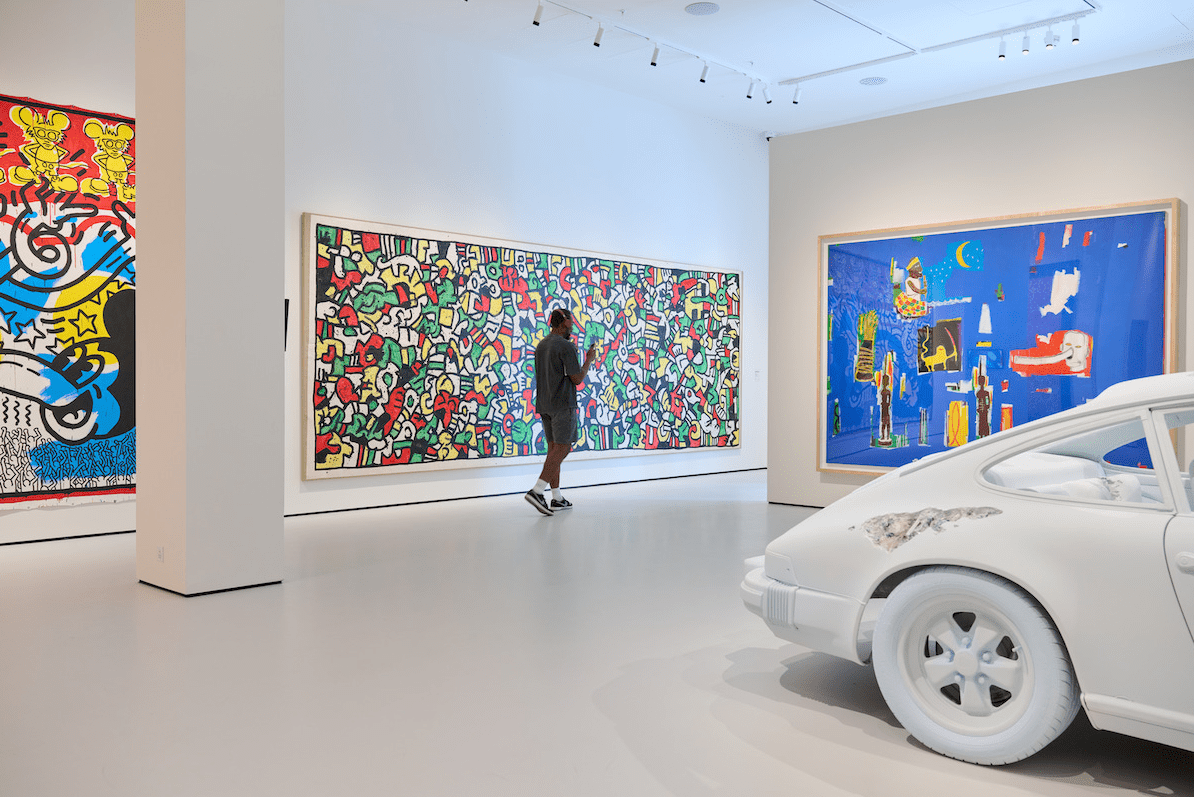In an era defined by rapid change and intense polarization, the Moco Museum offers a platform where visual art becomes a vehicle for social commentary. Visitors walking through its halls are not only observers but participants in an ongoing dialogue about identity, technology, power, and justice. This is not art for art’s sake—it is art as activism.
The exhibitions often feature works that confront pressing issues. Pieces addressing racial inequality, environmental collapse, and surveillance culture are displayed not as distant critiques but as present realities. The museum doesn’t shy away from discomfort—it embraces it. This approach creates a deeply emotional experience for many visitors, who find their own concerns reflected on the walls.
One of the key strengths of Moco Museum is its ability to give voice to artists from diverse backgrounds. By featuring global perspectives, it ensures that the conversation is not limited by geography or privilege. Whether through sculptures, digital installations, or street art, each piece becomes a fragment of a broader human narrative.
Technology is another major theme, with several exhibits examining our growing dependence on screens and data. The museum doesn’t just critique technology—it uses it. Immersive, interactive displays turn the viewer into an active part of the artwork, blurring the line between observer and subject. This makes the critique more personal, more urgent.
Resistance, both subtle and overt, plays a recurring role in Moco’s curatorial philosophy. Whether through subverted icons, censored histories, or raw visual metaphors, the museum celebrates defiance. It becomes a sanctuary for expression, especially for voices that have historically been excluded from mainstream institutions.
In its entirety, Moco Museum becomes a platform not only for displaying contemporary art but for encouraging societal evolution. It reminds us that culture isn’t static—it reacts, responds, and resists. Through its installations, the museum teaches us that sometimes, images can speak louder than words—and often, more truthfully.

